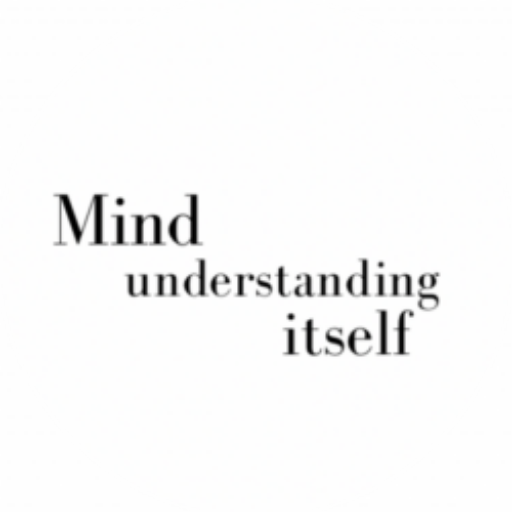How to Identify Core Beliefs -II
In our previous post, we explored core beliefs, and their types. In this post, we will dive into cognitive behavioral therapy techniques to identify core beliefs. Here are three effective methods:
1. Detecting Patterns and Themes
When you examine recurring thoughts, emotional reactions, and behaviors, you may start to notice certain patterns and themes.
For example,
Christina always pushes herself to do her best at work, yet she still feels like she could do better. In her relationship with her husband, she prioritizes his needs and feelings, but she still feels like she is not good enough.
Her core belief might be “I am inadequate.” and she might have a maladaptive assumption such as “I have to give everything I have so that I won’t be inadequate.”
Alternatively, her core belief might be “I am difficult to love.” and her maladaptive assumption might be “I have to please everyone so that people will like me and stay with me.”
2. Downward Arrow Technique
In this method we repeatedly ask, “If this were true, what would that mean?” until a core belief emerges.
Example:
Robert made a mistake on an important report at work.
- “I messed up. How didn’t I see it?”
- “What does it mean about you that you didn’t see it and filed the report with the mistake?”
- “It would mean I am not good at my job.”
- “And if that were true?”
- “It would mean I am incompetent.”
Robert’s core belief is “I am incompetent.” and his maladaptive assumption might be
“If I make a mistake, it proves I am incompetent, so I should never make a mistake.”
3. Sentence Completion Exercises
Completing these open-ended statements can reveal core beliefs.
- “I am __________.”
- “People are __________.”
- “The world is __________.”
Examples:
- “I am ugly.”
- “People are selfish.”
- “The world is unfair.”
Identifying core beliefs can be challenging. If you need a hand, write to me. We can work through it together!
In our next post, we’ll explore how to challenge core beliefs.
Best,
Aysegul
For more:
Automatic Thoughts: What are They and How can We Identify Them?
Maladaptive Assumptions in Cognitive Behavioral Therapy and How to Identify Them
How to Challenge Automatic Thoughts in CBT
How to Challenge Maladaptive Assumptions in CBT








2 Comments